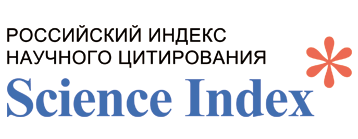INVESTIGATION OF THE INFLUENCE OF NANOPARTICLE COMPOSITES ON OIL DISPLACEMENT EFFICIENCY
DOI:
https://doi.org/10.51580/2024-4.2710-1185.49Keywords:
enhanced oil recovery, nanoparticles, foam, surfactants, CO2 flooding, interfacial tension, sol-gel method, polymers, dilational rheologyAbstract
Abstract. Introduction. Development of effective, cheap and environmentally friendly methods for
increasing oil recovery of reservoirs is one of the relevant problems of the oil industry all over the world
due to the decrease in the extraction of oil due to the decline in reservoir energy. In this regard, various
methods of increasing oil recovery in the fields are applied, including gas flooding. Enhanced oil recovery
(EOR) techniques play a crucial role in maximizing oil production from reservoirs. The purpose of this
work to investigate the integration of nanoparticles which has gained significant attention due to their
potential to address challenges associated with traditional EOR methods. Discussion. The paper focuses
on the fundamentals and application of surfactants and nanoparticle mixtures for enhancing oil recovery
through CO2 flooding. One of the key challenges when using CO2 to increase oil production is controlling
gas mobility. Conclusion. In this paper, the potential of using surfactants and a mixture of surfactants with
nanoparticles to create a stable foam that reduces gas mobility and increases oil production is investigated.

















